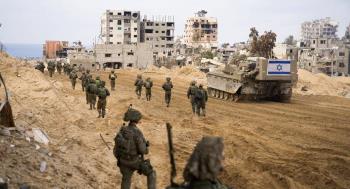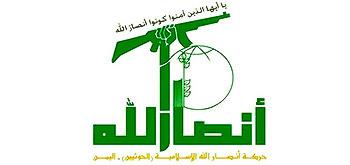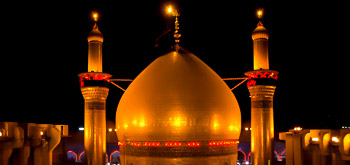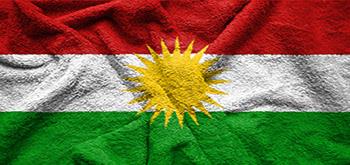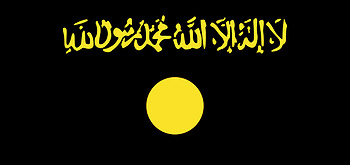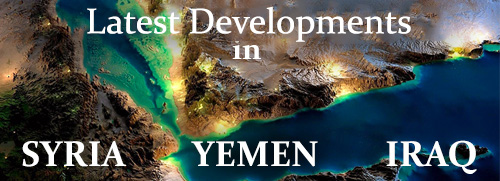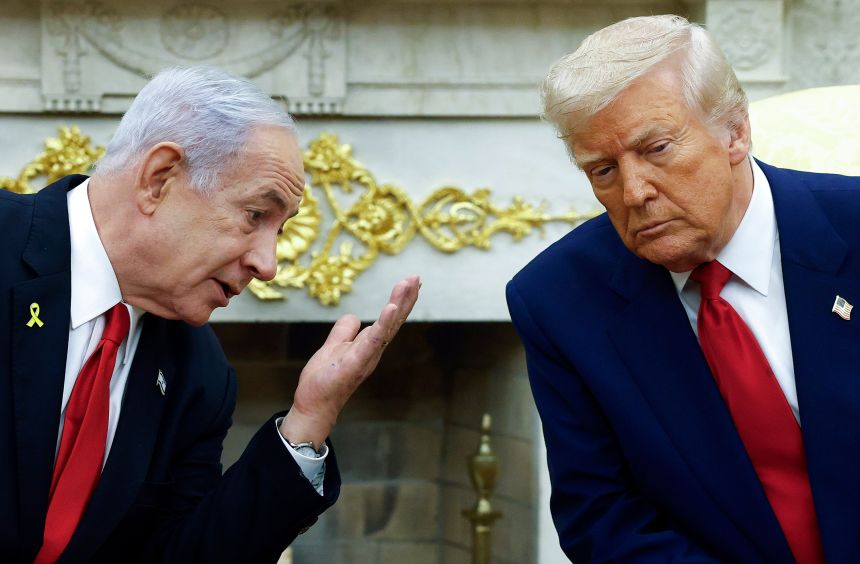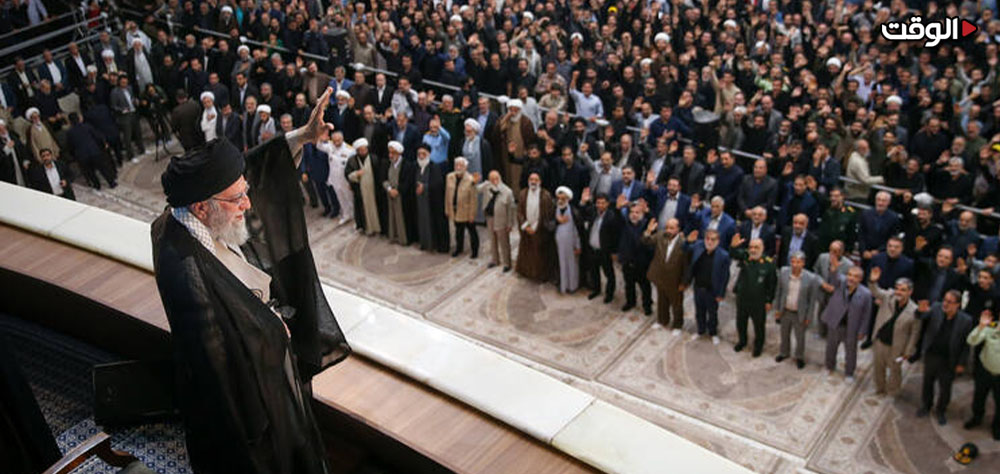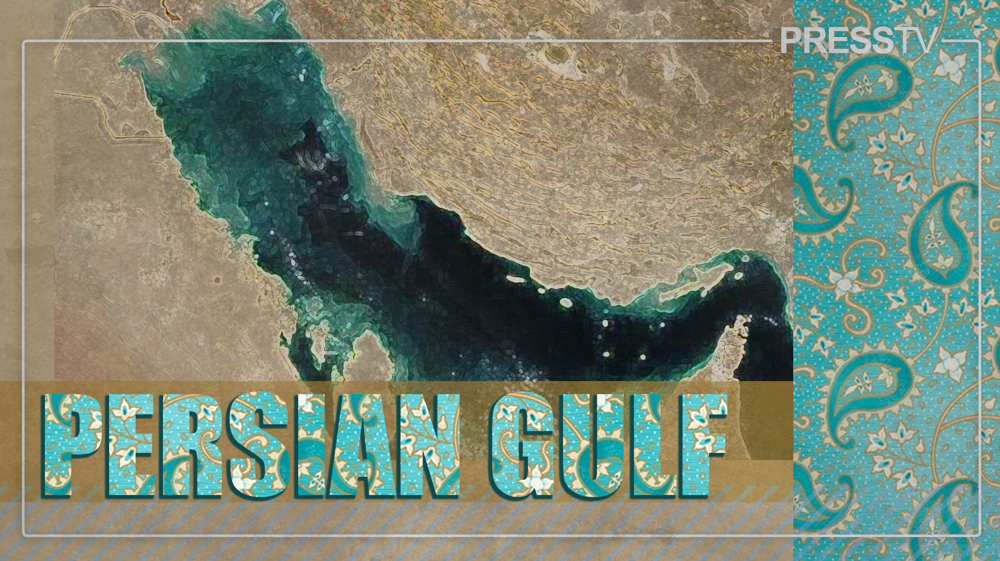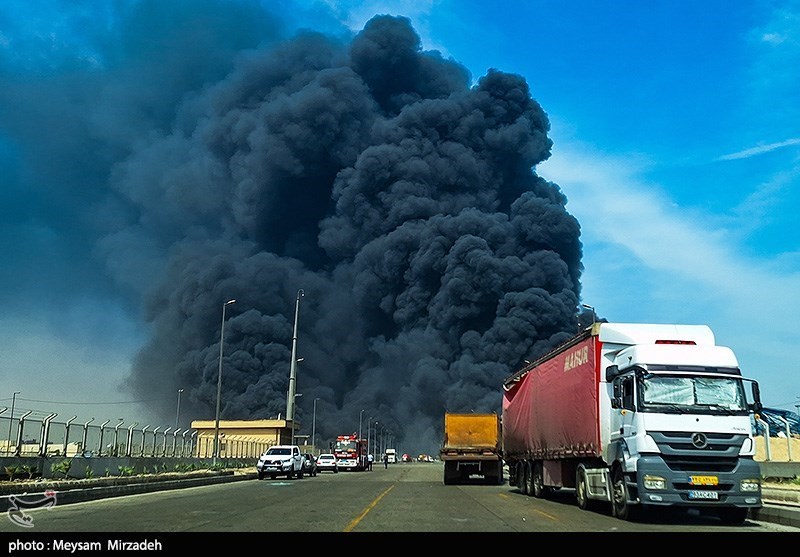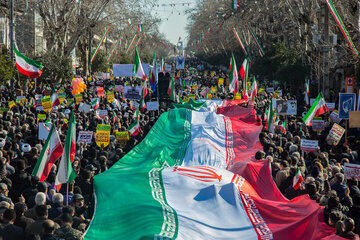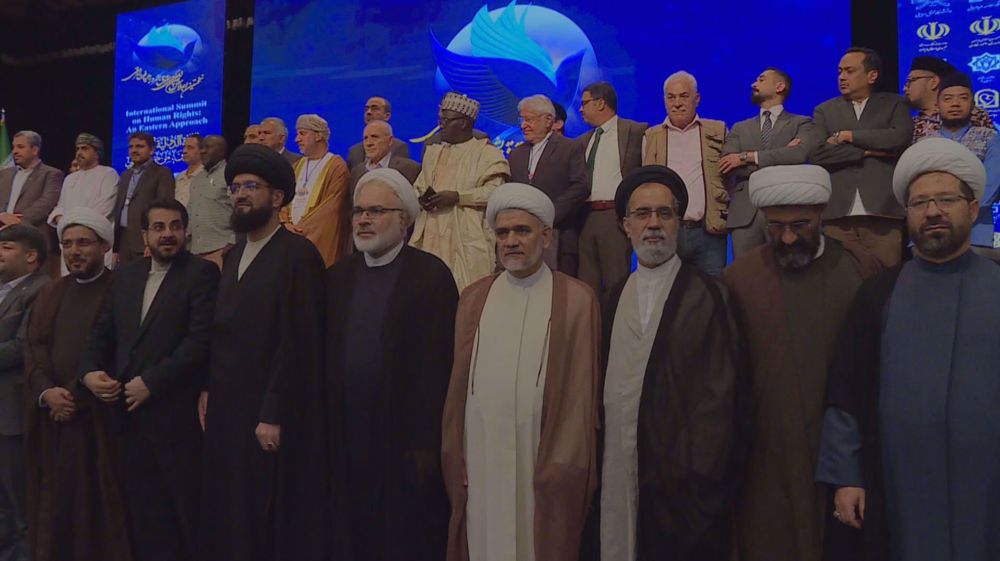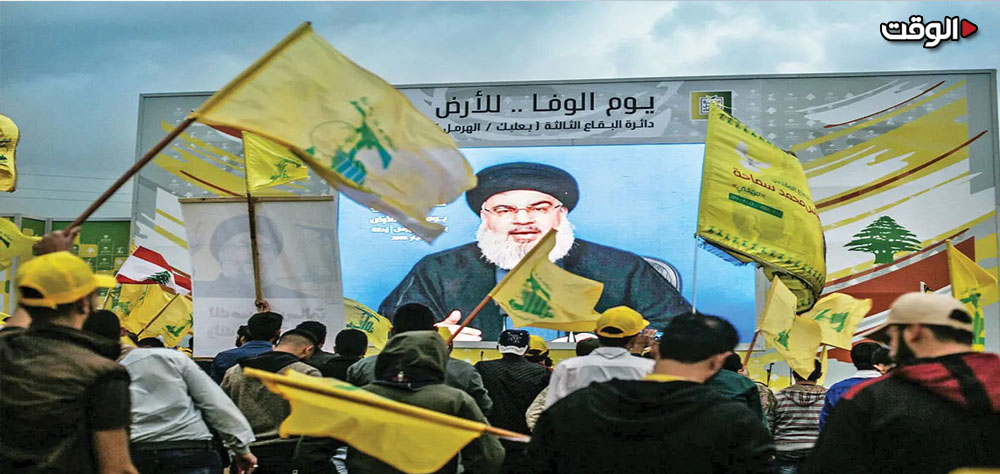Alwaght- 48 hours before details of the Trump's so-called plan for end of Gaza war were published, the US media outlets unleashed a noisy propaganda wave saying that soon a big development will happen in West Asia region that will influence the world. These claims spread widely after Trump in a social media message claimed the region has a "chance for greatness" and a day later the White House published details of his Gaza war plan, which seems doomed to failure since the outset.
The details of Trump's plan contain claims that each are subject to criticism. This report sheds light on some of the most important parts of this plan.
Critique 1
Claim: The plan states that Gaza must become a region free from extremism and terror, posing no threat to its neighbors.
Critique: This claim is made despite the fact that under Hamas's governance, Gaza posed no threat to regional neighbors like Egypt and Jordan. Instead, Gaza's actions have been a response to Israel occupation and the inhuman practices in the Palestinian territories. The assertion that Gaza threatens its neighbors is unfounded; history shows this coastal enclave has coexisted peacefully with Egypt and other Arab nations.
Critique 2
Claim: Gaza will be rebuilt for the benefit of its people.
Critique: International bodies have previously announced various reconstruction plans for Gaza, nearly all of which were abandoned without result. For instance, in October 2014, participants at the Gaza reconstruction conference in Cairo pledged $5.4 billion in aid to Palestine. Half was earmarked for rebuilding Gaza, the other half for the Palestinian Authority's budget. Yet, reconstruction efforts ultimately went nowhere.
Critique 3
Claim: If both sides accept this plan, the war will end immediately. Israeli forces will withdraw to agreed-upon lines to facilitate the release of hostages. During this period, all military operations, including airstrikes and artillery fire, will cease, and battle lines will be frozen until the conditions for a full, phased withdrawal are met.
Critique: During at least two distinct ceasefire phases in this war, the Israeli side violated the truce. Each time, they agreed to a ceasefire promising to halt the fighting, only to resume hostilities after the initial phase.
Critique 4
Claim: Within 72 hours of Israel's public acceptance of this agreement, all hostages, both living and deceased, will be returned.
Critique: Hamas has consistently stated it agrees to a prisoner deal in return for the complete withdrawal of occupying forces from Gaza. It has not opposed releasing prisoners if the war stops and the Israeli army withdraws from the Strip.
Critique 5
Claim: After all hostages are freed, Israel will release 250 prisoners serving life sentences and 1,700 Gazan detainees arrested after October 7, 2023, including all women and children. For every returned Israeli hostage's body, Israel will hand over the remains of 15 deceased Palestinians.
Critique: A better agreement for the Palestinian people would secure the freedom of all Palestinians detained without cause during this war and even before it.
Critique 6
Claim: Upon acceptance of this deal, humanitarian aid will immediately enter Gaza. This aid will include, at a minimum, the same items as the January 19, 2025 agreement: reconstruction of infrastructure (water, electricity, sewage), hospitals and bakeries, and the entry of equipment necessary for debris removal and the reopening of roads.
Critique: As stated, promises to rebuild Gaza have so far yielded no results, and the likelihood of repeating this experience is high. On March 2, 2009, the Gaza reconstruction conference was held in Sharm El-Sheikh, Egypt, with about eighty countries in attendance, but it failed to achieve a result. Notably, before the Cairo conference, the U.S. pledged $900 million in aid for Gaza's reconstruction, and the European Union pledged more than €400 million, but neither resolved the Gaza crisis.
Critique 7
Claim: Gaza will be administered under the temporary governance of a Palestinian, non-political technocratic committee. This committee will operate with the presence of Palestinian and international experts and under the supervision of a "peace board." Trump will chair this board, and other members will include global leaders such as Tony Blair. This entity will be responsible for providing the budget and framework for Gaza's reconstruction until the Palestinian Authority implements necessary reforms and becomes capable of governing Gaza.
Critique: This plan resembles the establishment of a foreign mandate over Gaza and, in effect, following the occupation, will subject Gaza to an international mandate. The proposal for a Gaza trusteeship is a clear insult to the people of Gaza and all Palestinians. Instead of solving the root problem of occupation, it will create a new crisis called "trusteeship" in Gaza. Furthermore, members of the international body, including former British Prime Minister Tony Blair, are individuals with a notorious reputation and an unpleasant history for the people of the region. Even in Britain, they have accused Blair of crimes against humanity for his involvement in the Iraq War. Many ask of after his crimes in Iraq, Blair now going to commit crimes in Gaza.
Critique 8
Claim: A special economic plan for the reconstruction and prosperity of Gaza will be presented by Trump. This plan, using successful urban development experiences in the Middle East, will attract international investments to create jobs, opportunities, and hope for Gaza's future. It will also establish a special economic zone with preferential tariffs and trade access with participating countries.
Critique: It seems the Trump plan has a real-estate deal approach to Gaza. Instead of recognizing the will of the people of Gaza, it is a scheme for Trump's real estate and tourism transactions in the region.
Critique 9
Claim: Hamas and other groups will have no role in governing Gaza. All military infrastructure and tunnels will be destroyed and not rebuilt. The process of disarming Gaza will take place under the supervision of independent monitors and through an international weapons buyback and rehabilitation program. Furthermore, the United States, in cooperation with Arab and international partners, will form an "International Stability Force" (ISF) for immediate deployment in Gaza. This force will support trained Palestinian police and, in consultation with Egypt and Jordan, will secure the borders and prevent the smuggling of weapons.
Critique: The claim of excluding Hamas from Gaza's governance comes as reports indicate that the popularity of Hamas forces among the Palestinian people is at its highest level. About six months ago, amidst the ongoing war in Gaza, the Palestinian "Center for Political and Christian Research" conducted a new poll, announcing that a majority of Palestinians in the West Bank and Gaza Strip emphasized the right of the Hamas movement to continue armed struggle and opposed calls for its disarmament. According to the results, 85 percent of West Bank residents and 64 percent of Gaza Strip residents oppose disarming Hamas, even if it were a condition for ending the war. 65 percent of participants also opposed the exit of Hamas's military leaders from the Gaza Strip as part of a political solution. This indicates the firm stance of the Palestinian people on the survival of the resistance and the possession of weapons as two elements of deterrence and protection against continued Israeli aggression.
Critique 10
Claim: Tel Aviv will not occupy or annex Gaza. As the ISF stabilizes the situation, Israeli forces will gradually withdraw based on a timetable and security indicators until Gaza is fully secure.
Critique: in the 1990s, in the Oslo Accords, signed with White House mediation and guarantees, the agreement stipulated that Al-Quds (Jerusalem) would remain an international city. However, this was met with Israeli treachery, as the regime repeatedly violated the agreement under various pretexts and failed to honor its commitments. The population of illegal settlers in the West Bank has grown from 100,000 at the time of the Oslo agreement to 600,000 today, despite the accord explicitly requiring a halt to settlement construction in the West Bank.
Furthermore, in 2003, the US, along with the Quartet (including the US, the European Union, Russia, and the United Nations), presented the "roadmap for peace," which aimed to achieve a two-state solution. Yet, Washington failed to uphold its commitments and allowed the Israeli regime to expand settlements.
In general, this plan falls far short of the resistance's demands due to its lack of reliable enforcement mechanisms, the Palestinian people's deep-seated distrust of the Israeli regime's commitment to fulfilling its obligations after a prisoner release, the incorporation of the Israeli core demands into the proposal, the failure to lift the blockade and the persistent threat of future aggressions against Gaza, which are exemplified by the condition of disarming the resistance (similar to what is unfolding in Lebanon), and the imposition of foreign trusteeship over the people of Gaza and Palestine. As a result, the prospects for peace based on this plan remain highly dim.


